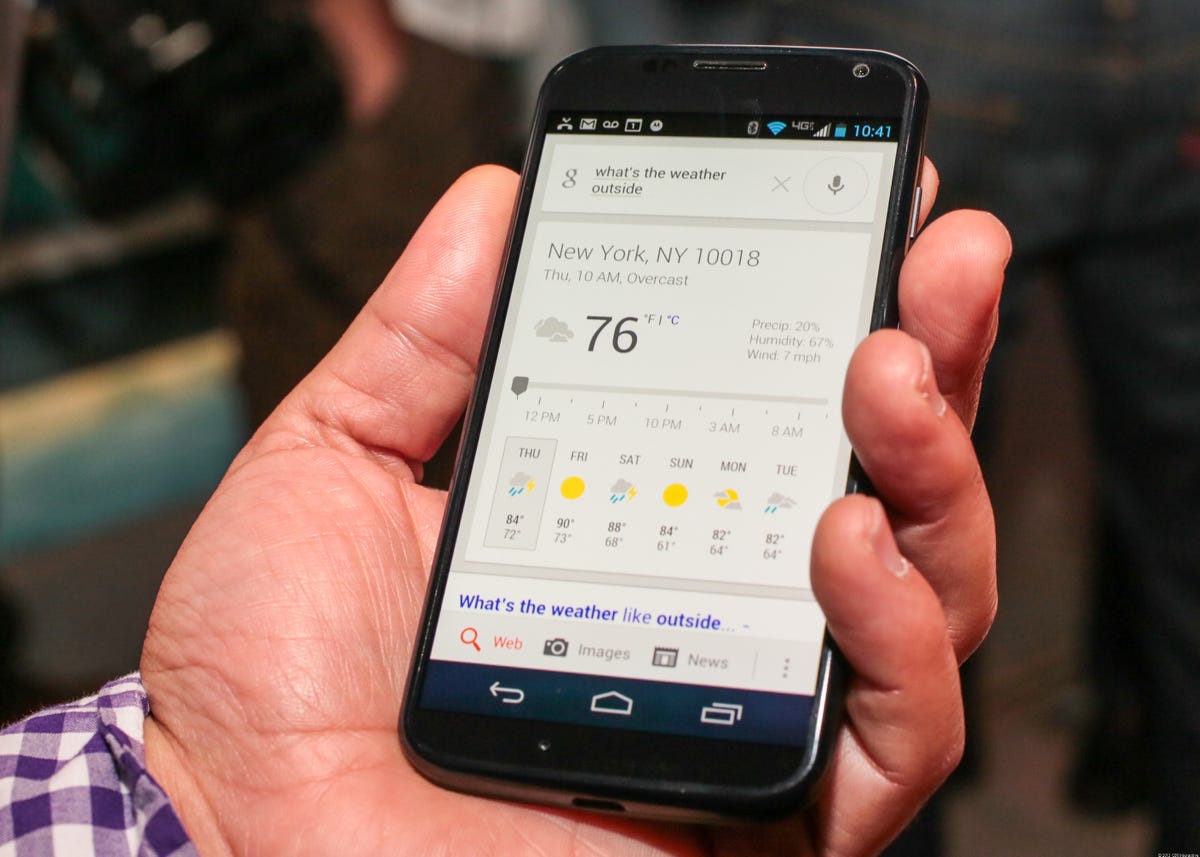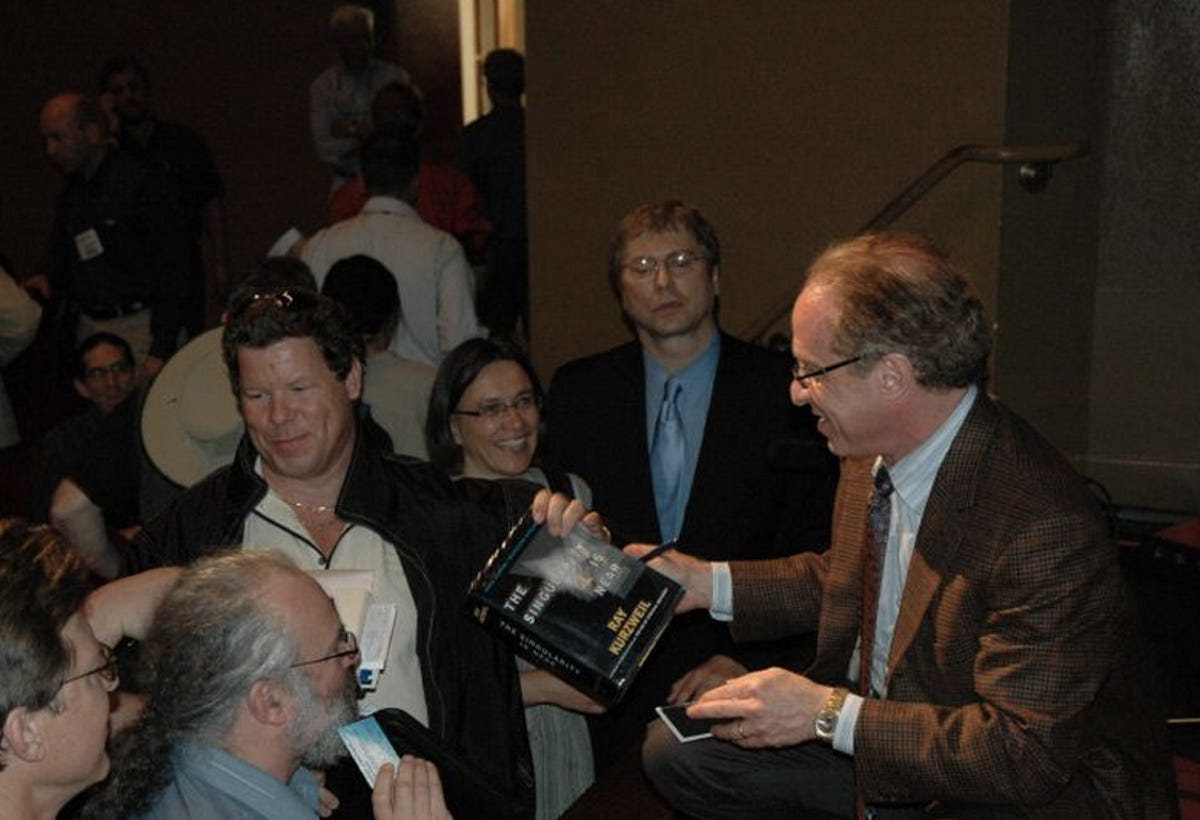For the most part, the Moto X is just another smartphone. In fact, it’s been dubbed a midrange phone that won’t excite hardcore Android fans. But it’s not meant to appeal to the minority. It’s designed to attract the masses like an Apple device, with fit and finish (such as customizing the look with custom hues and patterns) and a few features that may convince Android users loyal to Samsung, and perhaps a few disgruntled iPhone users, to switch.
While the Moto X isn’t as groundbreaking as Google’s moon shots, such as self-driving cars or Wi-Fi balloons, it’s the equivalent of a moon landing for the Google brain, an artificial intelligence (AI) that will know and understand everything about you and the world. For perspective, the compute power of Apollo 11, which landed on the moon in 1969, was the equivalent of a digital calculator. Google’s brain still has a long way to go to match the human mind.
Speaking at Stanford University, his alma matter, in May 2002, Google co-founder and CEO Larry Page said that Google would fulfill its mission only when its search engine was “AI-complete.” The Moto X phone, combined with Google Now and Google Glass, and possibly a Moto X watch, forms the advance guard of Google’s AI brain.
The Moto X is an ambient device that Google wants to become more of a sentient device. It features “Touchless Control,” an always-on, low-power microphone trained to distinguish the user’s voice and tap into Google Now, a digital personal assistant that attempts to anticipate your needs.
Read: CNET’s hands-on with the Moto X
Read: The future of Google search is Now
Read: Could the future of Glass and wearables be hidden in the Moto X
Google Now understands the context of queries, extracted from Google’s Knowledge Graph that includes billions of objects and the relationships among them. If users grant permission, Google Now can mine data from Google services and apps to proactively alert users with information on traffic, weather, sports, stocks, public transit, flights, events, shipments, and appointments.


CNET
If the Moto X and its successors succeed, more people will be pouring more “live” data into Google’s increasingly more powerful brain, as well as hundreds of billions of dollars into the company’s bank.
“The more sensors it can turn on, or put on you, the more it can learn about your intent and your context. Today your phone doesn’t really know that you’re walking, running, skiing, shopping, driving, or biking, but in the future, Google will know that and will be able to build wild new kinds of systems that can serve you when doing each of those things,” wrote tech pundit Robert Scoble.


Dan Farber
Google has long focused its engineering resources on artificial intelligence. In December 2012, the company hired AI pioneer Ray Kurzweil to work on getting computers to converse more intelligently with humans, and the company is also using large-scale neural networks, which mimic how the human brain functions.
Ultimately, Google’s AI moon shot is for its brain to pass the Turing test, proof that a machine has intelligence indistinguishable from that of a human. The company has another 15 years to go if Kurzweil is correct. He predicts that by 2029 Google’s brain or another AI creation will pass the Turing test. By that time, based on Kurzweil’s interpretation of Moore’s Law, the descendant of the Moto X will be the size of a blood cell.


Now playing:
Watch this:
Meet Motorola’s new Moto X
4:26



